Most photographers want to ensure that your experience is smooth and fulfilling, from the initial consultation to the final delivery of your images. Understanding the timeline for working with photographers near you will help set clear expectations and guide you through each phase of the process. In this post, you will learn about the key stages, important discussions, and what you can do to prepare, ensuring that your photographic journey aligns perfectly with your vision.
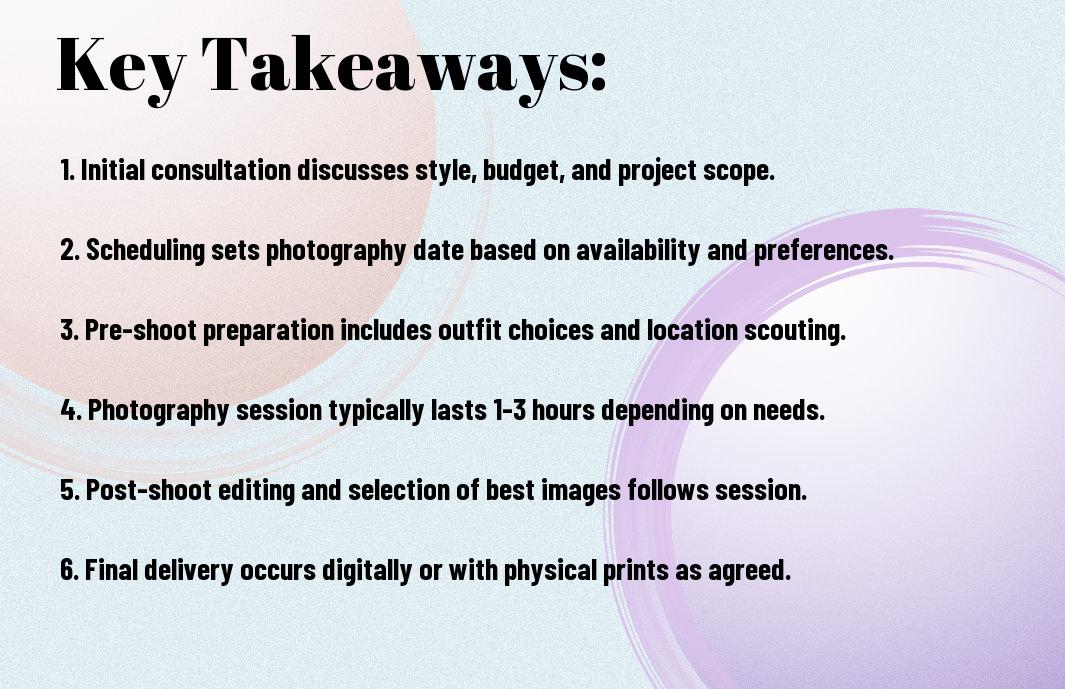
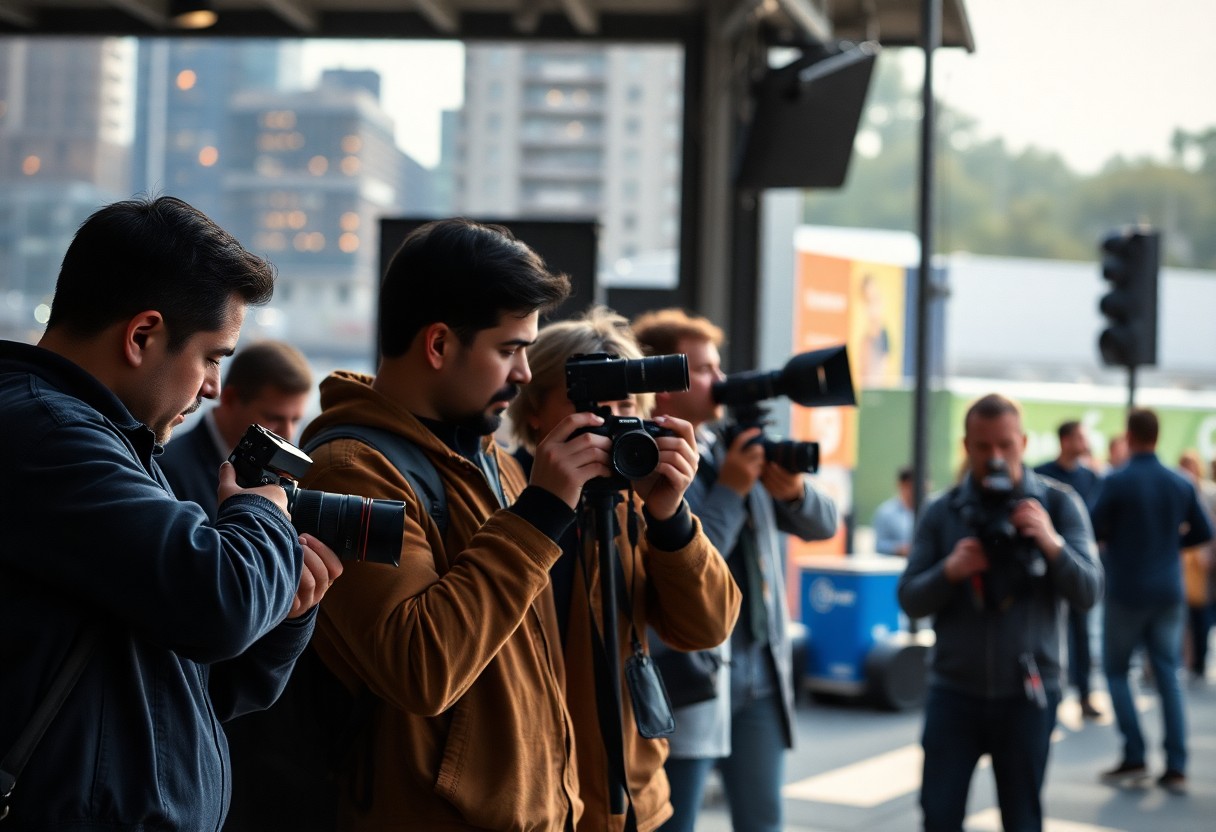
The Pre-Booking Phase: Setting the Stage for Success
Before committing to a photographer, engaging in the pre-booking phase lays the groundwork for your photography experience. This initial stage involves understanding your needs, budget, and desired style, ensuring a smoother process as you move forward. Clarity at this point can save time and prevent miscommunications later, ultimately leading to a more satisfying outcome.
Defining Your Needs: What to Consider Before Reaching Out
Your specific requirements play a pivotal role in pinpointing the right photographer. Consider factors such as the type of event, preferred shooting style, location, and budget. Additionally, think about the end use of your photos—are they for personal keepsakes, business branding, or social media content? A clear outline of your vision will streamline your conversations with potential photographers.
Researching Local Talent: Finding the Right Match
Finding the ideal photographer involves diligent research. Look into local talent by checking social media platforms, photography websites, and community boards. Pay attention to their portfolios, reviews, and specialties to ensure they align with your needs. Engaging with local photography groups or forums can also yield valuable recommendations and insights.
Delve deep into photographers’ online portfolios, focusing not only on their completed works but also on how well they capture emotions, light, and themes. Many professionals will showcase their versatility, but pay close attention to consistency in quality and style. Read recent client reviews to gauge their experiences—feedback on timeliness, communication, and professionalism can be telling. Don’t hesitate to reach out with questions; a photographer’s responsiveness can underscore their commitment to client satisfaction.
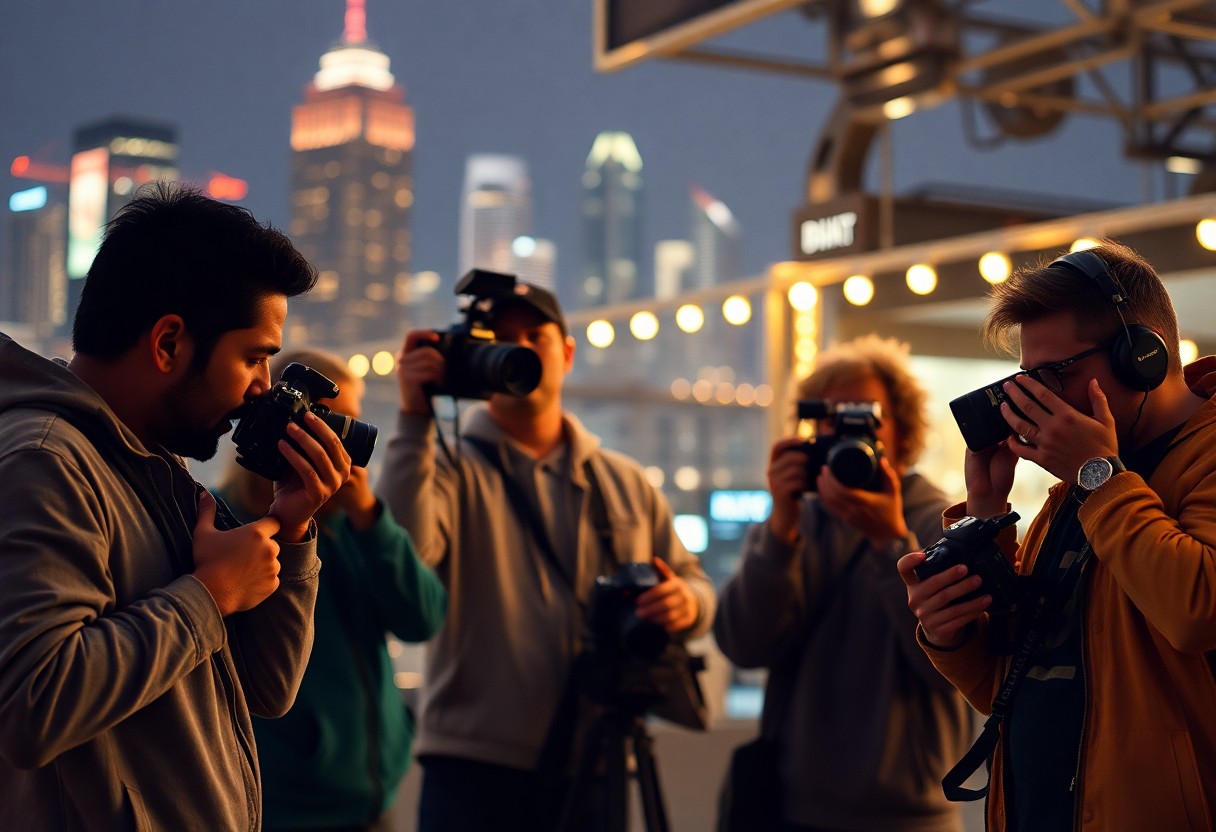
The Inquiry Process: Establishing Communication
Reaching out to photographers marks the beginning of an exciting collaboration. This phase revolves around establishing clear communication about your vision, needs, and expectations. A well-crafted inquiry sets the tone for your relationship and ensures that both you and the photographer are on the same page regarding your project’s details, timeline, and budget. Directly articulating your desires can pave the way for fruitful discussions and ensure you find the perfect match for your photography needs.
Crafting Your Message: Essential Questions to Ask
Formulating your inquiry involves posing key questions to help clarify your objectives. Consider asking about their photography style, experience with similar projects, availability, and pricing structure. Inquire about their creative process, how they handle unexpected challenges, and if they provide post-processing services. This information is vital for understanding how well the photographer aligns with your vision and how smoothly the collaboration might unfold.
Understanding Response Time: What to Expect from Photographers
After you send your inquiry, response times can vary based on multiple factors, including the photographer’s workload and the complexity of your request. Generally, you can expect a reply within 24 to 72 hours. Busy photographers, especially during peak seasons or around events, may take longer as they juggle multiple inquiries. Being patient yet proactive can facilitate a smoother exchange; if you haven’t heard back within a week, a polite follow-up often yields results.
Typically, a professional photographer will prioritize client inquiries, making sure to address each message in the order received. If a photographer specializes in weddings or events, they might be swamped with inquiries when wedding season peaks, delaying their response. However, established photographers often strive to maintain communication, so look for timelines on their websites or social media profiles that indicate how soon you should expect a reply. This understanding can enhance your experience by managing expectations around communication flow, ultimately helping you to gauge their availability for your project.
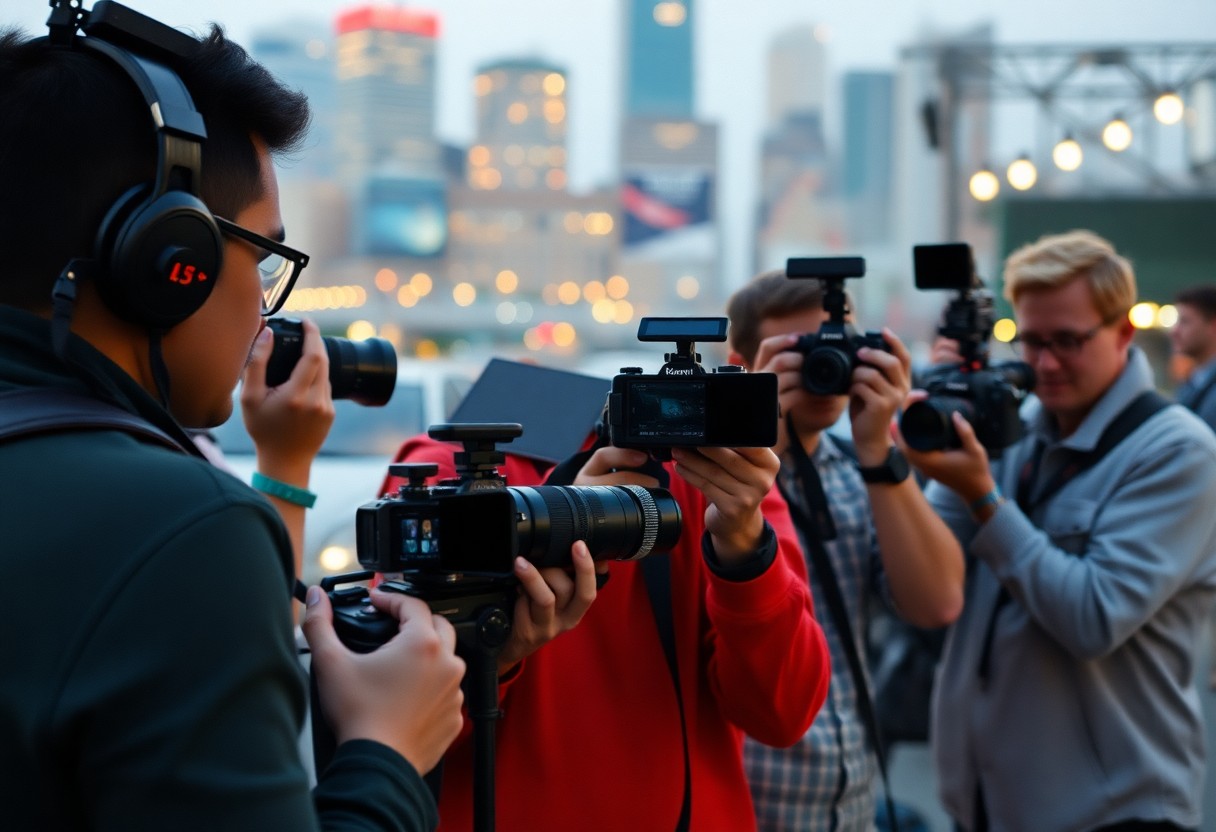
The Consultation Meeting: Aligning Vision and Expectations
The consultation meeting serves as a pivotal moment where you and the photographer can bridge your expectations, preferences, and artistic visions. This is an opportunity to convey the emotions or themes you wish to capture, from candid to stylized, ensuring that both parties are synchronized on the creative direction of your project.
Preparing for the Meeting: Key Topics to Cover
Preparation enhances your consultation experience. Have a list of topics ready to discuss, such as your overall vision, specific styles you admire, and any key dates or locations that matter. Collecting inspiration images, outlining your requirements, and being open to the photographer’s suggestions can foster a productive dialogue, leading to a well-defined plan.
Budget Discussions: Negotiating Costs and Packages
Budgeting conversations are often sensitive but necessary. Be upfront about your financial expectations, and engage in dialogue about various packages available. This transparency allows the photographer to tailor services that meet both your creative and financial goals.
Approaching budget discussions with clarity and openness pays off. If your ideal package feels out of reach, starting the conversation can reveal alternative options, such as adjusting the number of hours or locations. Photographers often have tiered packages that can accommodate different budgets, which allows for flexibility while ensuring you still receive quality service. Keep in mind that skilled photographers may also offer add-ons, like albums or prints, that could enhance your overall experience; don’t hesitate to ask for these details to find a balance that works for you.
The Creative Process: Timeline from Booking to Shoot
After securing your photographer, the creative process truly begins. Typically, there is a timeline that guides you from booking to the actual shoot, ensuring that every aspect is meticulously planned. This phase often involves open communication about your vision and preferences, allowing you to collaboratively develop the concept and logistics for the session. A well-structured timeline will help streamline your experience and lead to stunning results.
Scheduling the Session: Factors Influencing Timing
Multiple factors can affect how and when you schedule the photo session. Availability of both you and the photographer, seasonal influences, and specific project requirements all come into play. Planning ahead can help accommodate personal schedules, location logistics, and optimal lighting conditions to enhance your desired aesthetic. Here are notable elements to consider:
- Your personal availability
- Photographer’s schedule
- Location and travel logistics
- Seasonal weather patterns
- Specific themes or events
Recognizing these aspects will help you create a customized timeline that aligns with your goals and enhances the overall shooting experience.
Collaborating on Concepts: Ensuring a Shared Vision
Bringing your ideas to life requires a partnership with your photographer. Engaging in a collaborative dialogue helps establish a unified vision for the shoot. Share your inspirations, mood boards, or examples of past work that resonate with you. The process of concepts development typically includes brainstorming sessions, where both parties weigh in on themes, styles, and tones that reflect your expectations and the photographer’s expertise. This engagement ensures you are on the same page for a seamless shooting experience.
To achieve true artistic synergy, facilitating detailed conversations about desired aesthetics, lighting preferences, and any unique elements or props you want can greatly enhance the outcome. By articulating your ideas clearly and being receptive to the photographer’s insights, you can merge both visions effectively. For instance, if you’re aiming for a whimsical style, discussing color palettes and locations can help in curating a concept that resonates well with both parties. A well-prepared creative briefing not only elevates the quality of the shoot but also builds trust and excitement, leading to outstanding photography that reflects your vision perfectly.
The Post-Shoot Phase: Navigating Delivery and Feedback
After the shoot, you can anticipate an organized workflow as your photographer transitions from capture to delivery. This phase not only involves editing the images but also opens up opportunities for your feedback. Expect your photographer to communicate with a timeline for when you will receive your first proofs, allowing you to prepare for the next steps in the process.
Understanding the Editing Timeline: What to Expect Next
Your photographer will typically need about two to six weeks to edit the images, depending on the complexity of the shoot and their workload. This timeframe may vary, so it’s beneficial to clarify expectations upfront. Within this period, they will meticulously enhance each photo, ensuring the final product reflects the quality and style you discussed during your consultation.
Reviewing and Finalizing Images: Providing Feedback and Approval
Once you receive the initial proofs, take the time to review the images carefully. Providing feedback during this stage is key to ensuring the final product meets your vision. Clear communication about which images resonate with you and any desired adjustments will streamline the final editing process, leading to a result that satisfies both you and the photographer.
As you review the proofs, consider how each image aligns with your expectations. Highlight any particular shots that stand out to you and jot down notes on any edits you envision. Engaging in an open dialogue about your likes and dislikes foster a collaborative atmosphere, ensuring the photographer is informed on your tastes. This back-and-forth can take place over several rounds, resulting in a refined collection of images that capture your unique narrative beautifully. Ultimately, your feedback will shape the final deliverables, making this phase a critical component in achieving a successful outcome.
Final Words
Conclusively, understanding the timeline for working with photographers near you will enhance your overall experience and ensure that your vision is realized. From initial consultations to post-session follow-ups, know what to expect at each stage to make informed decisions about your photography needs. By being proactive and engaged throughout the process, you can foster a collaborative relationship with your photographer, resulting in stunning visuals that truly reflect your style and story. Embrace the journey, and you’ll create lasting memories captured through the lens.
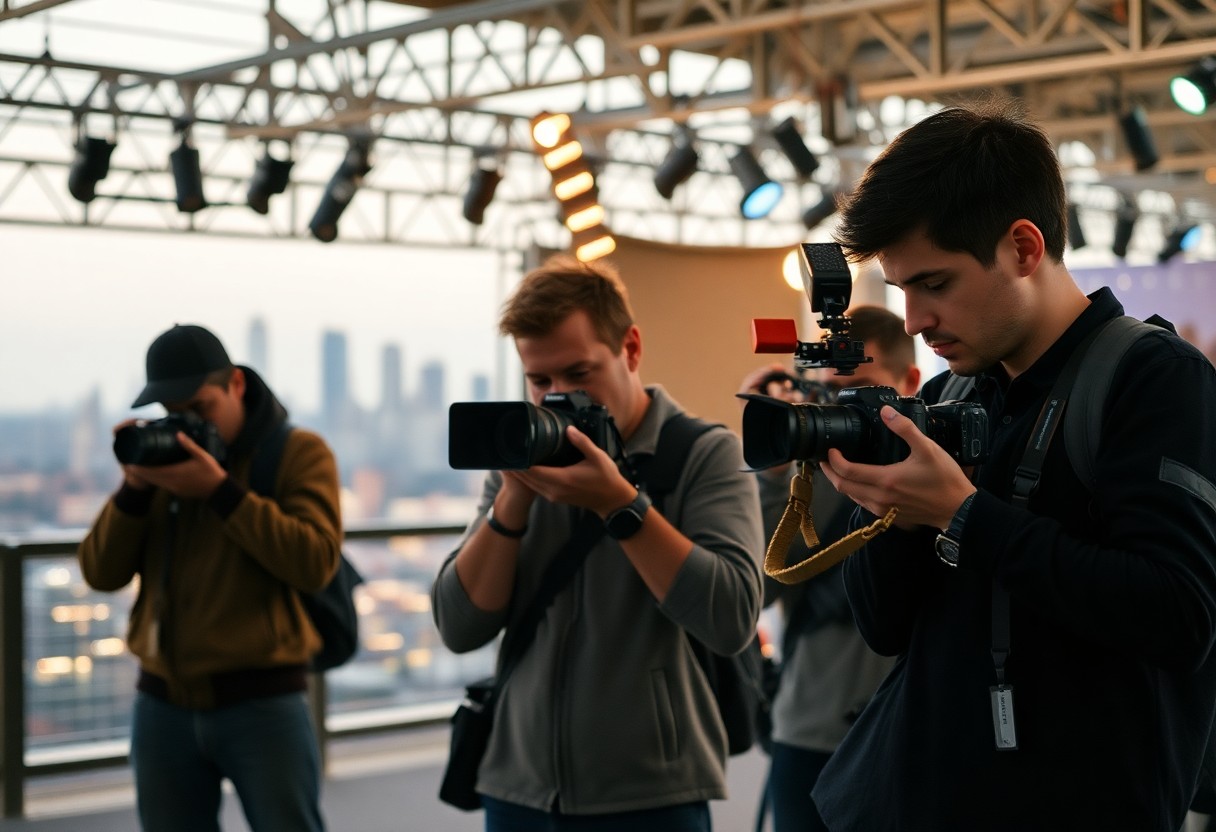
Leave a Reply
You must be logged in to post a comment.